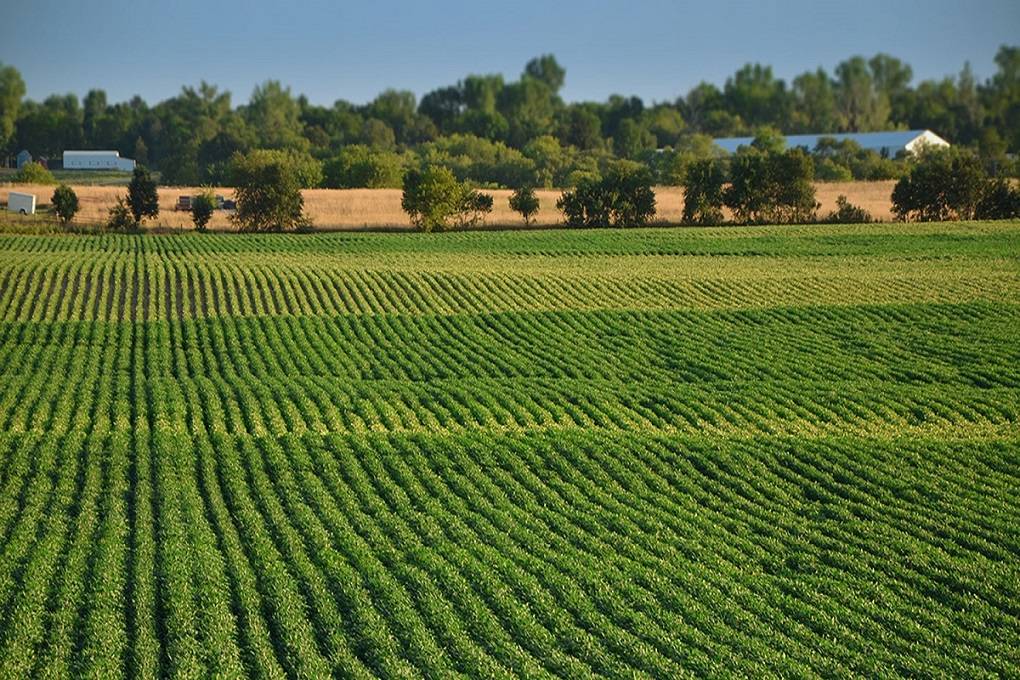
Regeneration International is a non-profit dedicated to reversing global warming and ending world hunger by accelerating the global transition to regenerative culture and land management, regenerative agriculture refers to, “farming and grazing practices that, among other benefits, reverse climate change by rebuilding soil organic matter and restoring degraded soil biodiversity-resulting in both carbon drawdown and improving the water cycle.”
It is believed that at the rate at which erosion, chemical pollution, and desertification is taking place around the world due to commercial farming practices, we will start noticing serious damage to public health due to a polluted food supply that will not provide us with proper nutrition and will no longer have any arable fertile land to grow our food on.
Benefits of Regenerative Agriculture on the Environment:
1. More fertile soil- Regenerative agricultural practices will result in healthier and more fertile soil. Better soil will result in higher water-holding capacity and make crops more resilient in harsh weather conditions. Regenerative agriculture practices result in a porous soil structure which reduces nutrient runoff and erosion.
2. Grows more resilient crops- Regenerative agricultural practices have led to an increase in yield because under organic systems the crops are more resilient to extreme weather. These practices can produce more resilient crops because the soil it is grown on is very healthy and is filled with beneficial soil microbes that suppress disease and lead to better water retention.
3. Decrease in carbon footprint- Regenerative agricultural practices aim to mitigate harmful emissions by incorporating permaculture and organic farming practices that are dynamic and holistic. These practices include- cover crops, composting, pasture cropping, conservation tillage, and crop rotation.
4. Decrease in chemical runoff and soil erosion- Regenerative agricultural practices promote healthier soil with practices such as crop rotation all year round. Not only does this practice aims at replenishing the soil of lost nutrients but also reduces water and fertilizer runoff because healthier soil is less prone to erosion.
Reduced costs of production- Since chemical fertilizers and pesticides, which can be very expensive, are not used in regenerative agriculture because the soil is healthier and packs more nutrients with regenerative agricultural practices. Additionally, these practices turn the farm into a more robust ecosystem that can withstand harsh weather and tolerate disturbances by invasive species.
Ways to scale regenerative agriculture:
1. Decrease mechanical labor costs by developing machinery- Regenerative agriculture is at a nascent stage currently and will require major development in its machinery and technology to serve the requirements of industrial agriculture. For instance, machines that can use tree clippings to make mulch and standardizing biological pest control methods.
2. Encourage governments to reward farmers for transitioning to regenerative agriculture- Although regenerative agriculture has a lot of benefits for the soil, environment, and consumers, however, its practices are not cheap and will require a lot of effort. Therefore, the government in power must incentivize transitioning from industrial commercial agricultural practices to regenerative agriculture.
3. New sourcing models need to be developed to spread the cost of transitioning-To promote regenerative agriculture, it is important to transition to new sourcing models that encourage more collaboration between the off-takers from different sectors to take crops from areas converting to regenerative farming.
4. Establishing traceability systems that track the product’s origin, quality, and environmental impact- One of the ways to scale in regenerative agriculture is by giving consumers access to information related to value chain fairness to farmers, the product’s nutrient content, along with safety concerns.















